5 Animal Facts and Photos from an Environmental Science Major
November 20, 2018
Environmental science major Jakub Zegar ’20 has focused his research in conservation biology, herpetology and amphibian thermoregulation while pursuing a STEM education minor at Drexel. He combines his passions in his Instagram account @jakub.zegar, where he shares facts and photos about the animals he encounters out in the field.
Check out these five posts from Zegar’s IG account!
1. Long-Tailed Salamander
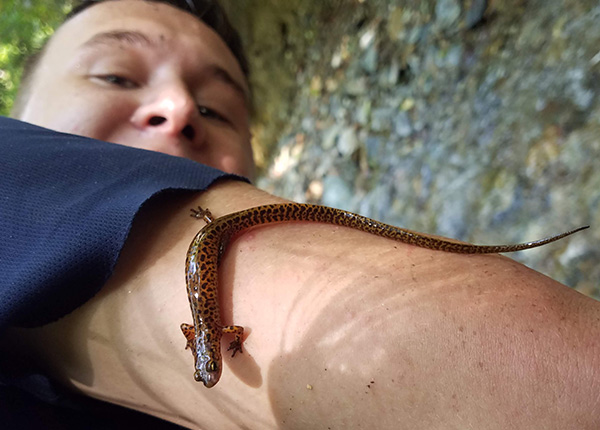
Check out this cool salamander. It's known as a long-tailed salamander, Eurycea longicauda. Here are a few cool facts about this species:
-It can vary in color from yellow to red.
-It has no lungs.
-It can shed its tail to distract a predator if it feels threatened.
-Its lifespan is five to 10 years.
Annnddddd…
-One study suggested that the courtship ritual of this species is rubbing heads!
Isn’t that some super cute salamander flirting?!
2. Northern Leopard Frog
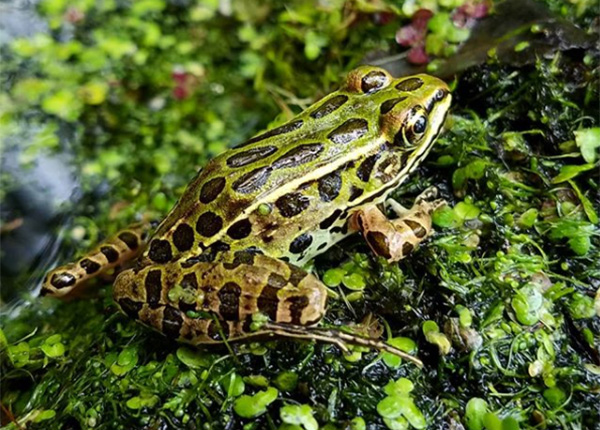
Why should you care about frogs?
Frogs have historically been used for medical research and experimentation. From pregnancy tests to painkillers, frogs have played critical roles in identifying and developing various compounds for the betterment of human health.
The frog pictured here is a Northern Leopard Frog, Lithobates pipiens. In addition to introductory biology courses and even some household recipes, this frog can be found in medical research laboratories. It has been used to study brain tumors and the interaction between neurons, among many other subjects/diseases. In recent years, compounds synthesized from this species have made it to clinical trials as treatment for lung tumors or mesothelioma.
Although this species is not endangered, its populations have been declining in the last 30 years, as is the case with a vast array of amphibian species. Of the ~5000 frog species, nearly half are facing populational declines, and nearly a third are threatened with imminent extinction. Since the 1970's, more than 200 species are estimated to have gone extinct. This does not even include species that may have been lost to extinction before discovery.
Think about all of the medicines and practical applications that we have yet to discover from frogs. Now imagine how many of these discoveries will never be made due to this extinction crisis. Most frog species have yet to be studied intensely, and as their populations dwindle, so may our opportunities for medical discovery.
3. Monarch Butterfly
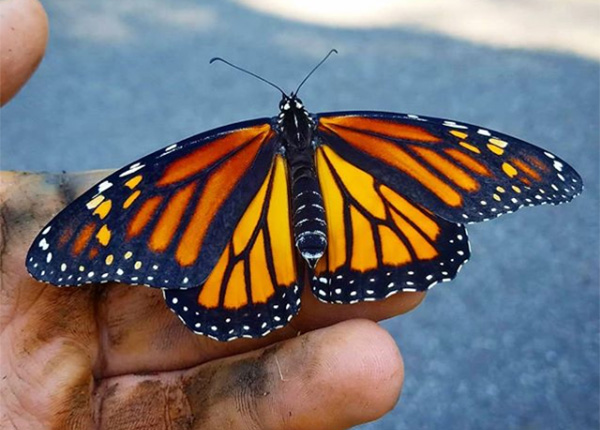
Remember raising butterflies in your elementary school science class? Your teacher did this as an experiment to help you learn the lifecycle of a butterfly. Egg > Caterpillar > Chrysalis > Butterfly. One of the butterflies you helped raise may have been a monarch butterfly (Danaus plexippus). This species, pictured above, is one of the most widely recognized in North America. But do you know why it’s so famous? Partly because of the great monarch migration!
Every year, between July and October, there is a monarch migration. Millions of monarchs migrate thousands of miles from parts of the northern U.S. and southern Canada all the way down to central Mexico. Why? They cannot survive the cold temperatures of northern winters, so they migrate to a warmer climate. But the story doesn’t start there – it actually starts generations earlier.
Once the harshness of winter begins to ebb (towards March/April), monarchs from Mexico begin to migrate up north in search of better resources. During this search, they lay eggs in parts of northern Mexico and southern U.S. The eggs hatch after just a few days — let's call these freshly hatched caterpillars Generation One. Once Gen One has metamorphosed into butterflies, they migrate even further north, also in search of better resources, during which they also lay eggs, thus creating Gen Two. Gen Two lays eggs, creating Gen Three. Some individuals from Gen Three may become butterflies early enough to lay eggs, creating Gen Four. Between July and October, individuals of Gen Three and Four begin to migrate all the way down to central Mexico to overwinter.
Then the cycle repeats...annually!
4. Eastern Box Turtle
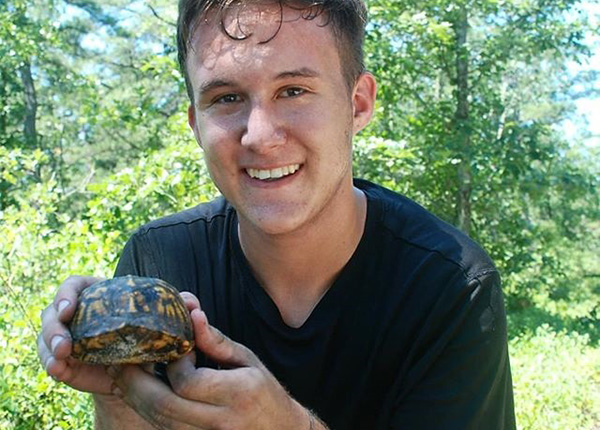
Do you know the difference between turtles and tortoises? Well, actually, all tortoises are turtles, but not all turtles are tortoises.
How, you ask? The term “turtle” refers to the scientific order Testudines and the term “tortoise” refers to a family within that order! (Remember, it goes… Kingdom > Phylum > Class > Order > Family > Genus > Species).
So why do we call them by two different names? We do this because the two groups generally occupy very different habitats. Colloquially speaking, turtles occupy water whereas tortoises occupy land. Don’t let this fool you, though: all turtles still need to come above water to breathe and lay eggs!
This is an Eastern Box Turtle (Terrapene carolina carolina) that I came across during field work in the NJ Pine Barrens. This species is classified as vulnerable by the International Union for Conservation of Nature. Unfortunately, many turtle species have been declining due to issues including habitat loss/fragmentation, pollution and poaching, among other forces.
5. Purple-Throated Cuckoo-Shrike
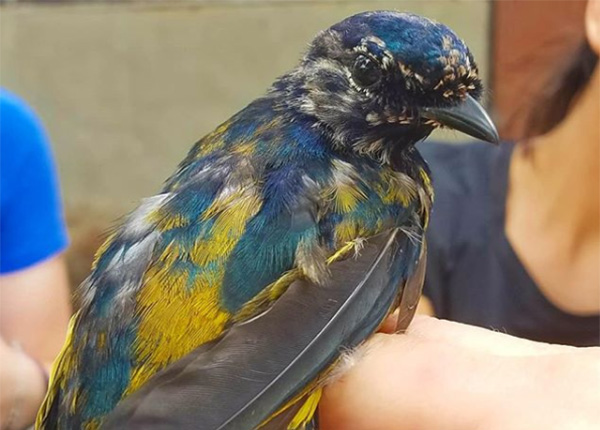
This beautiful bird was in the process of molting. Molting is the process by which a bird sheds its feathers and regrows new ones. This process can make it difficult to identify some bird species, because their plumage may consist of different colors and patterns. In this case, this is an immature male purple-throated cuckoo-shrike (scientific name: Campephaga quiscalina) that is molting from its olive, yellow, and gray plumage into its adult black and glossy purple plumage. We caught this bird in a Cameroonian forest right outside Mbam Djerem National Park using a mist net, one of the most common bird-capturing methods.
Did you know that birds are the last surviving lineage of dinosaurs? In fact, over the last few years it has become apparent to scientists that many, if not all, dinosaurs were actually feathered! Currently, birds are classified as belonging to their own class, Aves; however, taxonomically speaking, they should be classified as belonging to the class Reptilia.
Learn more about Zegar and the motivation behind his Instagram account here.